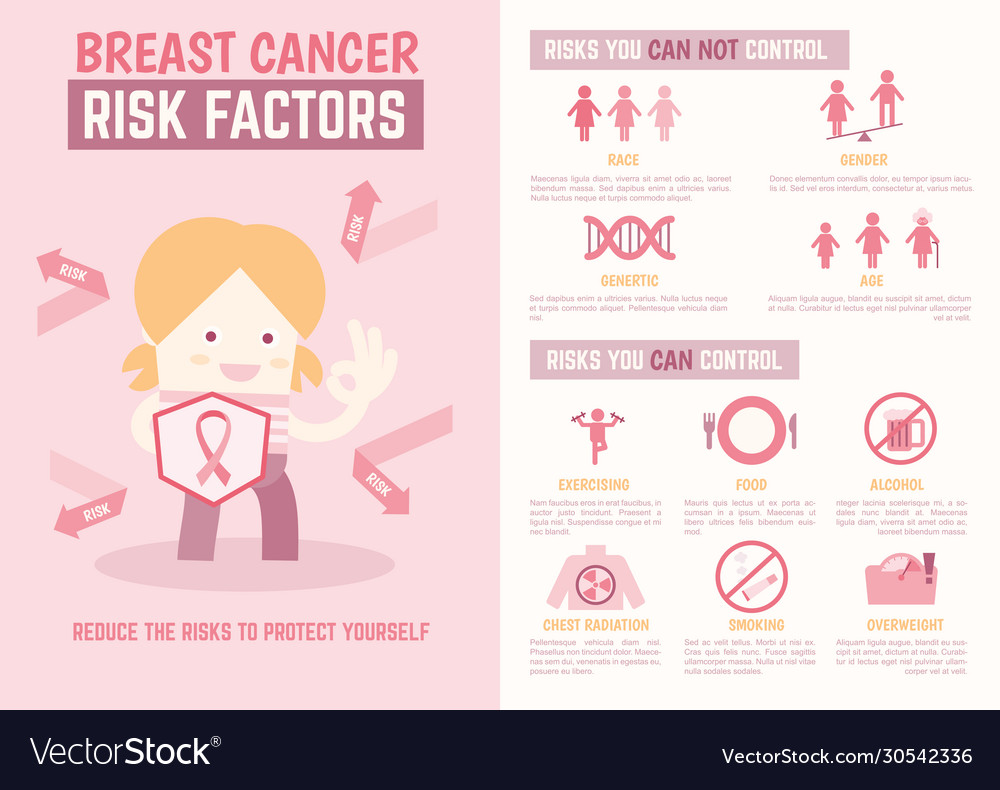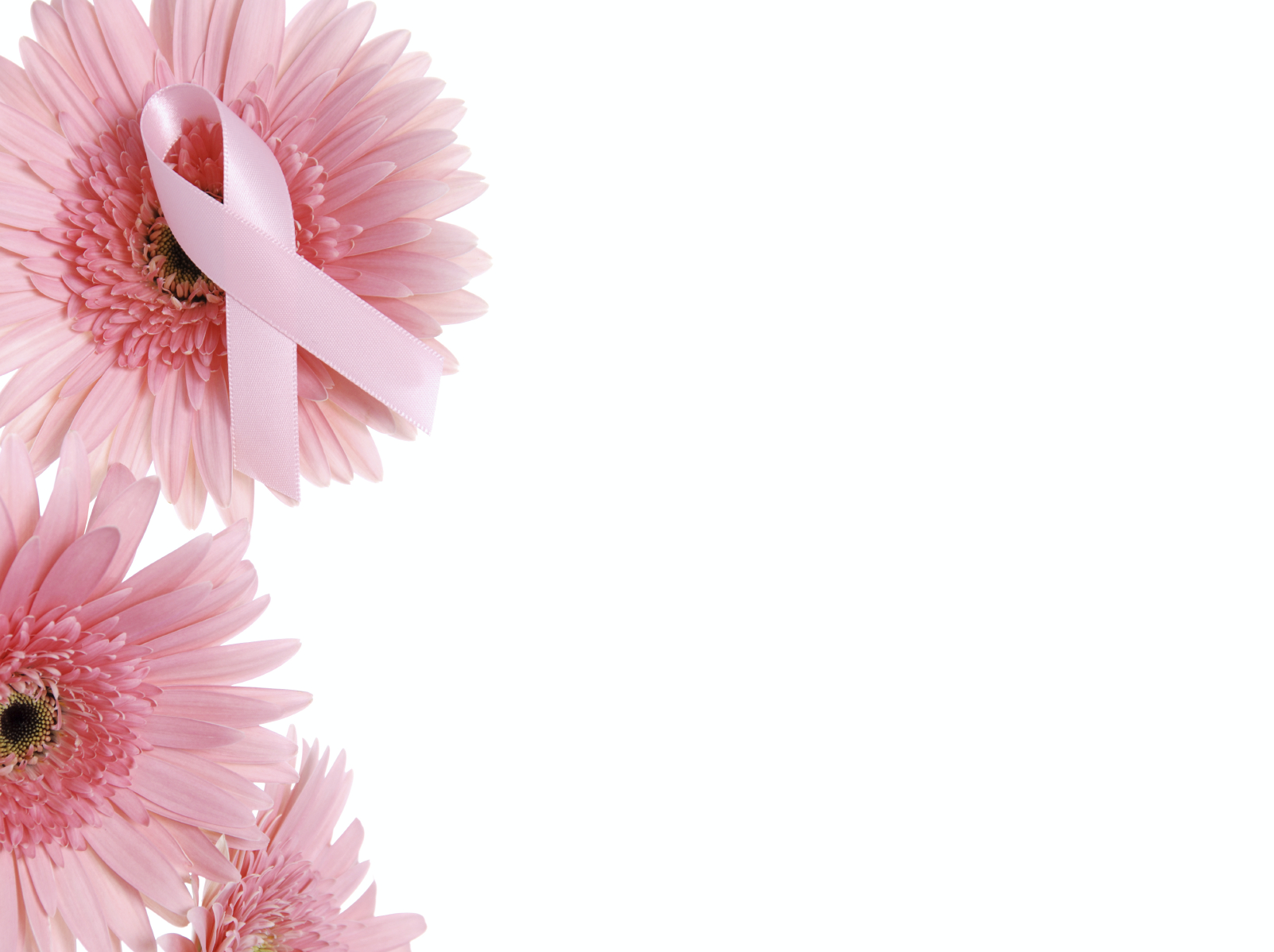Breast cancer is the second most diagnosed type of cancer in the United States. It is approximated that each year, roughly 190,000 men and women develop breast cancer. These diseases come about when cells in the breast mutate, and later on, multiply out of control. Later on, these cells form a tumor. If this condition is not handled in time, these cancer cells can spread to other parts of the body. There are several reasons why breast cancer develops. However, several factors make a person more likely to develop breast cancer. These risk factors can be divided into two, namely those that you can control, and those that are beyond you. These include:
Controllable cancer risk factors
1.) Weight
When a person is overweight, they have a higher risk of developing breast cancer. This is especially so for women that have undergone menopause. After menopause, after the ovaries have stopped producing estrogen, fat substitutes it as the primary source. This means that women that have more fat produce more estrogen. Consequentially, more estrogen translates into a higher risk of developing breast cancer.
2.) Diet
Our health is a direct reflection of what we eat, even when it comes to breast cancer. Many studies have been conducted to investigate the relationship between what a person eats and the risk of developing breast cancer. According to the Women’s Health Initiative Trial, eating a diet that has low levels of fat lowers the risk of developing the disease. Therefore, to stay healthy, people should adopt the following practices:
i. One should watch and mind their weight. There is a clear relationship between your weight and height. If you are of a certain height, there is a weight that you are advised not to cross, both on the higher and lower side. With the help of the Body Mass Index (BMI), you can easily keep track, ensuring that you maintain a healthy weight.
ii. Fruits and vegetables have a lot of nutrients and chemicals that reduce, and some even fight cancer. Nutrients such as vitamins, minerals, and antioxidants take a serious role in both reducing the risk of developing cancer, and actively fighting any cancer cells that may be present.
iii. Reduce the consumption of processed meats, smoked foods, and foods that are rich in trans and saturated fats.
3.) Overproduction of estrogen
Estrogen has several critical roles that it plays in the female body. One of them is stimulating the growth and development of new breast cells. Therefore, extended exposure to estrogen would mean that there would be an uncontrolled growth of these cells. With this in mind, several factors may contribute to the overproduction of estrogen in the body. These include:
i. Being overweight
ii. Overconsumption of alcohol
iii. Undergoing hormone replacement therapy for several years.
4.) Stress
According to a study carried out at the University of Basel in collaboration with the University Hospital, also located in Basel, Switzerland, found that there is evidence that points out that stress can help accelerate the spread of breast cancer tumors. Moreover, it also encourages diversification. Additionally, scientists also found that the derivatives of stress hormones found in several anti-inflammatory treatments tend to render chemotherapy agents inactive.
Uncontrollable Cancer risk factors
1.) Gender
Women are indeed much more susceptible to develop breast cancer than men. Even though it is true that men can also develop the disease, women’s breast cells are in a continuous state of changing and growing. This can be attributed to the activity of estrogen and progesterone. However, through their actions, the risk of developing breast cancer increases.
2.) Family history
Women are more probable to develop breast cancer if a direct relative, such as mother or sister, has developed the same disease in the past. Though most of the genetic damage that causes cancer happens after you are born, several indicators point out the risk of developing the disease. These include:
1. If there are multiple cases of breast cancer across several generations on one side of the family.
2. If there is a case of a male relative developing breast cancer.
3.) Age
The older a woman gets, the more susceptible she is to developing breast cancer. On average, approximately 80% of women that develop the disease are 45 years of age or older. The more we age, the higher the number of opportunities for mutation and genetic damage. Furthermore, the older we get, the less capable our bodies are to repair genetic damage that occurs.

{Risk factors that lead to the development of breast cancer}
